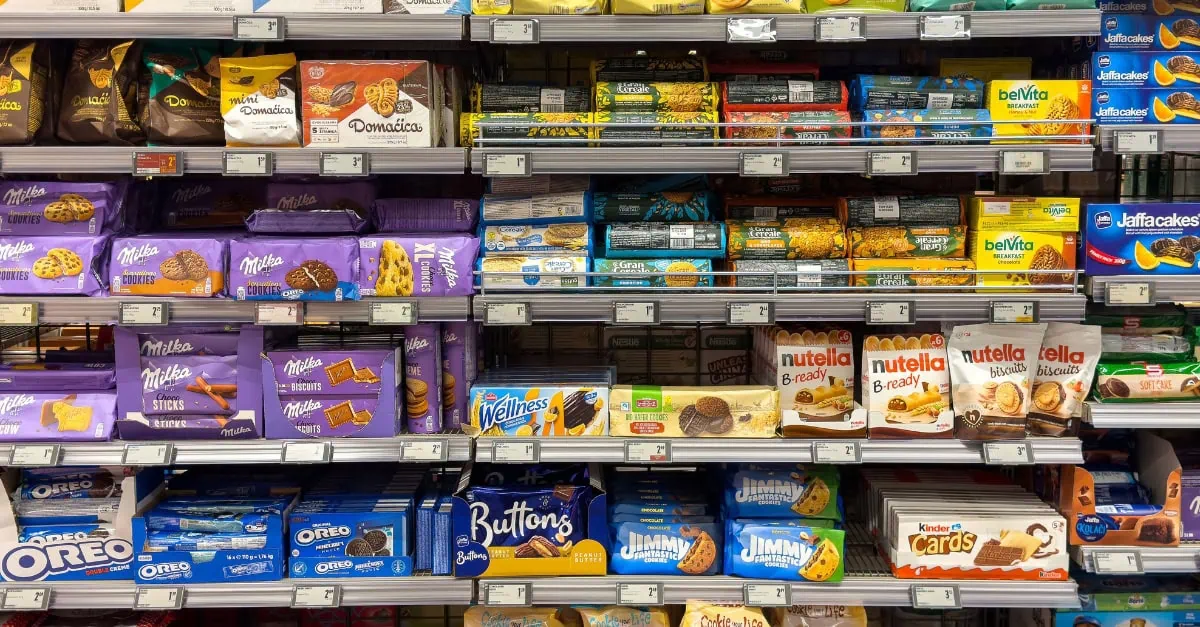Chocolate manufacturers are confronting an uncomfortable reality: consumers have reached their limit on price increases. Mondelez International revealed in its Q3 earnings call that demand elasticity for chocolate in Europe has measured 0.7-0.8, significantly higher than the anticipated 0.4-0.5 range that would indicate relatively stable consumption despite price changes.
The revelation came as Mondelez CEO Dirk van de Put addressed the impact of cumulative 30% price increases implemented across the company’s chocolate portfolio. “Prices had reached a level that was probably a little bit more than the consumer can accept at the moment,” Van de Put stated during the earnings call.
This shift in consumer behavior challenges a longstanding industry assumption that chocolate demand remains relatively inelastic, meaning consumers would maintain their purchasing habits even as prices climbed. The higher-than-expected elasticity figures indicate that European consumers are more willing to reduce chocolate consumption or switch to alternatives when faced with sustained price increases.
The pricing pressure stems directly from cocoa bean costs, which reached historic highs earlier this year. Chocolate confectionery inflation has outpaced broader food price gains as manufacturers attempted to absorb elevated commodity costs. After an extended period of broad inflation across food categories, consumers appear increasingly frustrated with continued price increases in the chocolate category.
Market response to recent weaker global grinding figures has been minimal, with some participants anticipating potential demand recovery. Companies now expect price deflation ahead as they attempt to stimulate volume growth. Manufacturers have used the recent retreat in cocoa prices to secure coverage, taking advantage of prices around 4,100 GBP per tonne basis ICE Europe front month while reportedly leaving room to benefit from further potential declines.
Cocoa bean prices have retreated 11.5% month-over-month on ICE Europe, trading currently at 4,878 EUR per tonne. Origin prices across major producing regions including Ivory Coast, Ghana, Nigeria and Ecuador have followed similar downward trajectories, with monthly declines ranging from 4.8% to 10.8%.
The question facing procurement managers centers on timing: as manufacturers begin implementing price reductions to recover lost volume, the response from consumers will determine how quickly the chocolate market can rebalance. Companies are now relatively well covered in terms of cocoa exposure, having secured positions during the recent price decline while maintaining flexibility to participate in potential further downside.
This news article is part of a more comprehensive cocoa market analysis. For the full market analysis, go to: https://app.vespertool.com/market-analysis/2415?commodity=cocoa
